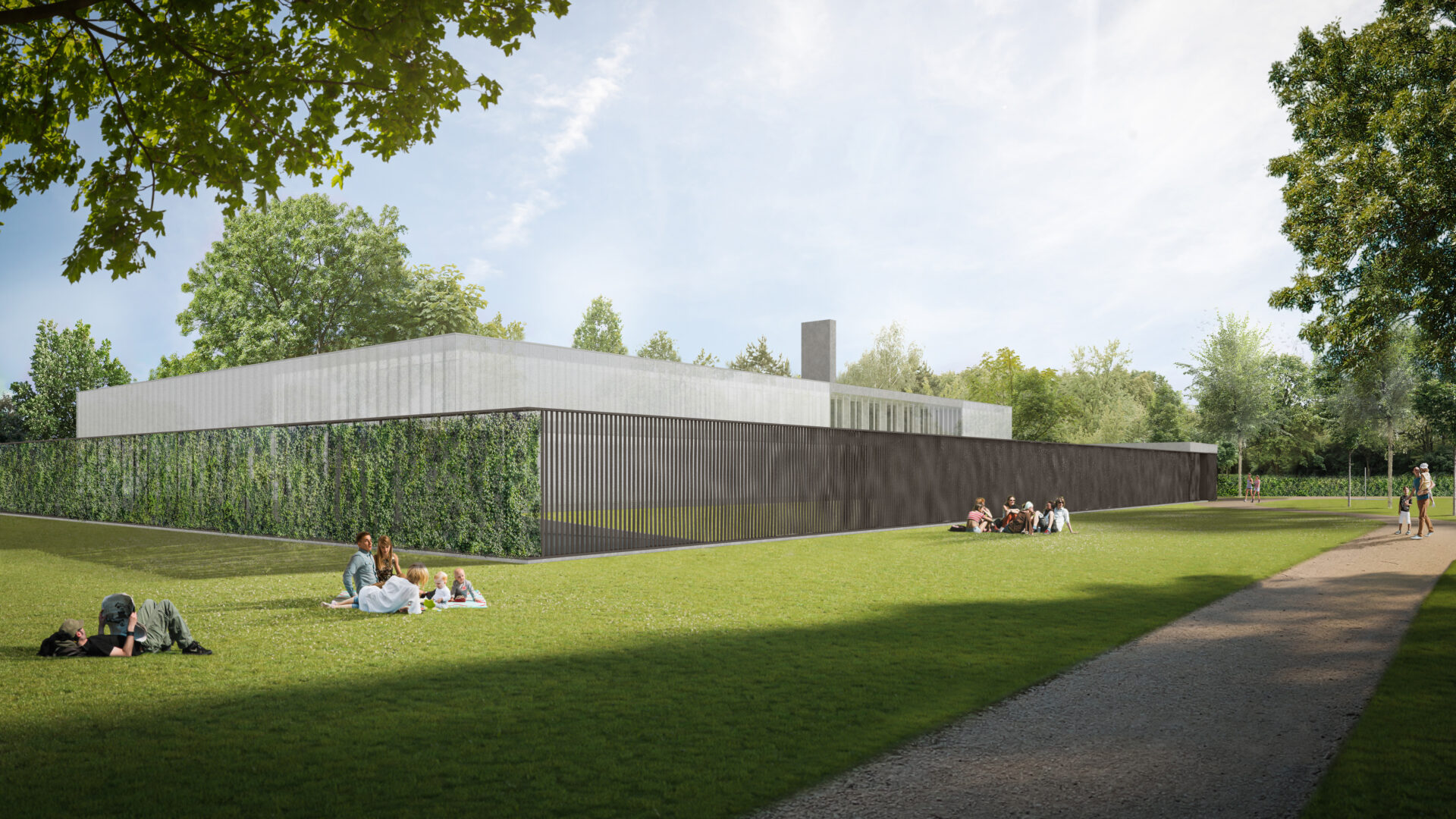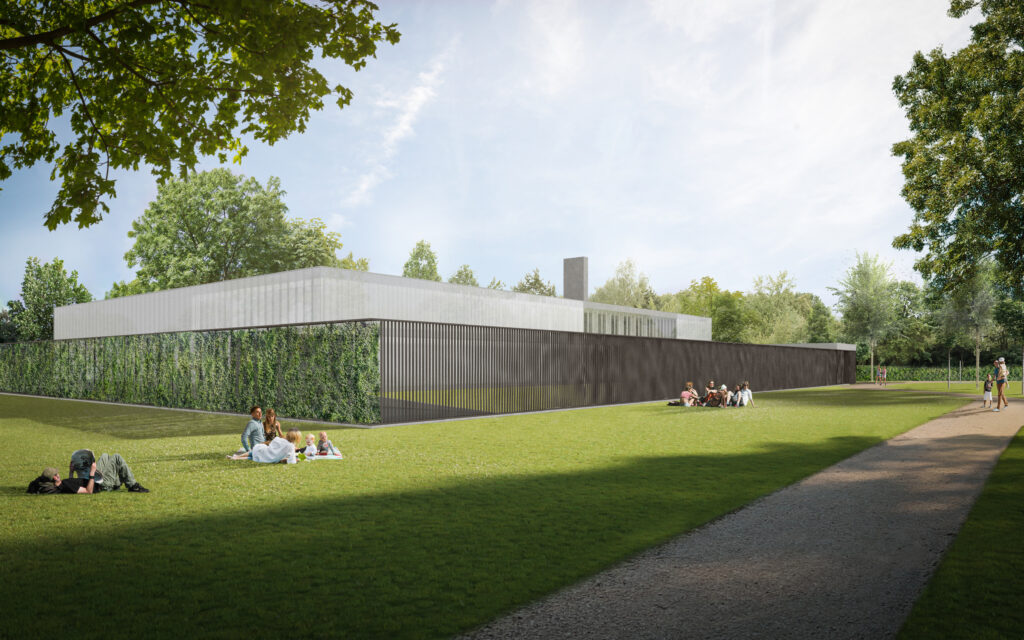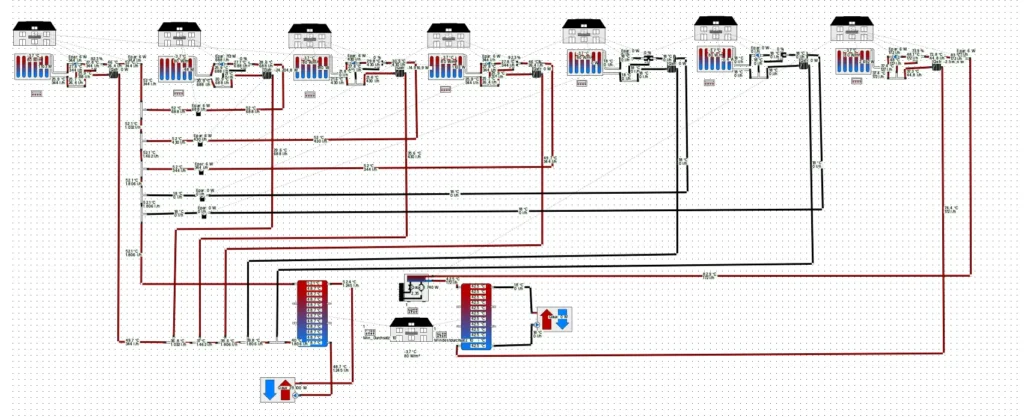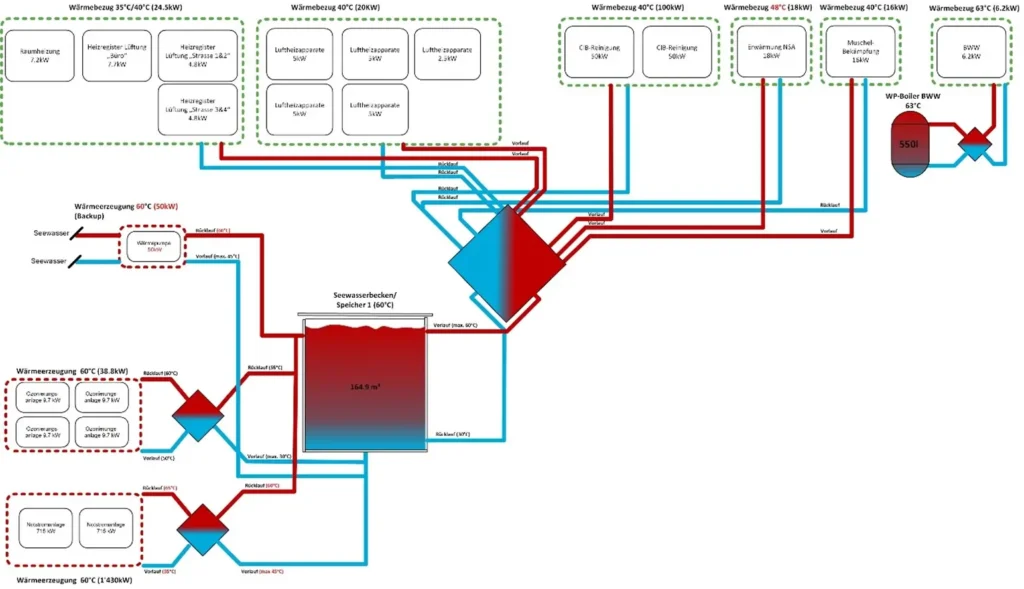
EPRO ENGINEERING
For the water supply of the community Ipsach in Switzerland, the question arose as to how heat could be provided for the supply plant in a sustainable way. The engineering firm EPRO was asked to do this. The result is convincing!
The waste heat generated in the Swiss community Ipsach is put to good use for the water supply plant. This was made possible by EPRO ENGINEERING on the basis of a transparent decision-making process. Using simulated energy flows for demand and generation, the engineering company shows the technical possibilities transparently and proposes ecological solutions that can be implemented economically and cost-effectively. Polysun, the simulation software from Vela Solaris, provides the necessary results for the system simulation
EPRO Engineering, headquartered in Gümligen, Switzerland, specializes in the planning and implementation of holistic, sustainable solutions for heating, ventilation, air conditioning, refrigeration, sanitary, electrical, building automation and building climate control. The Sustainable Building division integrates all “classic” building technology trades into a whole and impresses with well thought-out solutions. The knowledge of around 50 employees is skillfully combined depending on the project. The use of modern tools is central to this and the Polysun simulation software is key to a holistic approach. This enabled a convincing solution to be found for planning the energy supply.
EPRO ENGINEERING impresses with transparency in planning
The new water supply plant in Ipsach will produce drinking water for 70,000 people in the Biel/Nidau region in the Swiss canton of Bern. The existing (old) water supply plant has served its purpose for almost 50 years and is being replaced by a new one in order to meet the increased requirements of a modern water supply system. For the water supply plant near the Lake Biel, the question arose as to how the heat supply could be sensibly provided in the future. The engineering firm EPRO, which is responsible for the planning and implementation of the HVAC and building services, was commissioned to do this.

A key requirement for the future energy supply is that the waste heat from the existing emergency power and ozonization systems is used to cover the heat requirements for space and hall heating, domestic hot water and for industrial processes at different temperature levels. Two old lake water basins are available for storing the thermal energy.
In the first phase of planning, EPRO analyzed the annual supply profiles together with the customer in order to obtain a realistic estimate. The next step was to estimate the heat input from the emergency power and ozonization systems throughout the year. In a third step, the heat consumers and sources were shown in detail in the Polysun simulation software. The large thermal storage tanks and the use of a 150 kW heat pump as a backup system were also taken into account in a comprehensive overall analysis.

The analysis of the energy supply system in Polysun revealed various optimization options:
– Additional consumers can be integrated, as the heat input clearly exceeds the heat output.
– Ideally, domestic hot water should be provided by a heat pump boiler.
– The dimensioning of the heat pump can be reduced.
– There is also potential in the dimensioning of the storage tanks.
In the next phase, EPRO simulated the optimization options – again in Polysun – checked the planning principles in detail and prepared them for a sensitivity analysis to ensure a reliable energy supply even with very conservative assumptions for waste heat.
Finding the optimum: Creating transparency with simulation
As the project progressed, EPRO worked with the project team to gradually tap into the optimization potential. Additional heat consumers were integrated into the energy supply. For example, the originally planned electrical temperature control of the emergency power systems was converted to thermal temperature control and heating of the factory space was planned.
A conservative scenario was used in a sensitivity analysis for the heat input of the ozonation plant. The increased energy demand of 150 % and reduced heat input of 63 % was updated in the Polysun model and the simulated system was significantly reduced in size – only one instead of two storage tanks and a heat pump with an output of 50 kW instead of 150 kW. The simulation showed that the energy supply can be reliably ensured all year round even with the reduced system size. The second storage tank will assume a redundancy function.
The solution is ecologically and economically convincing
The use of simulation in the planning phase means that the energy supply of the water supply plant in Ipsach can now be made significantly more efficient:
- Waste heat utilization was increased by 150 %
- The installed capacity of the heat pump was reduced by 66 %
- A savings potential of around 30 % was identified for the storage volume.
This also saves the budget with substantially lower investment and operating costs.

Project cornerstones
Client
EPRO ENGINEERING AG
Energy system components in the simulation model
Different energy generator and consumer profiles at different temperature levels, heat pump, storage tank
Services offered by Vela Solaris
Training for Polysun Designer users at EPRO for the independent creation of simulation models
Result with software Polysun
Convincing solution for supplying heat to thewater supply plant in Ipsach, Switzerland, with a significant increase in efficiency and cost reduction.
Gallery





